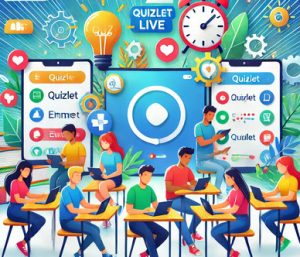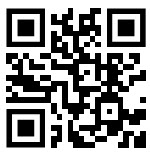
Have you tried Kahoot’s new jumble game? It’s fun!
If you are an avid reader of TESL Ontario blogs, you would know Nadeen wrote about it in October 2015 – so yes! Kahoot has been around for a long time. You can read her blog here: Use Kahoot to spice up your lesson.
Now for the newness, which soon will be ‘the has been’ since technology moves faster than a speeding bullet (sorry . . . Superman).
Pick from an existing activity
The new Jumble game is great for students at any level who need to practice word order or any other type of sentence structure. Continue reading









